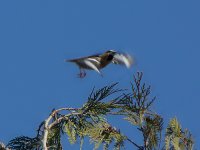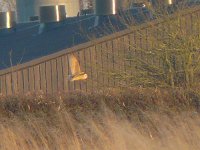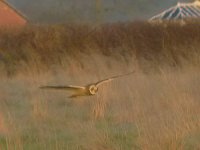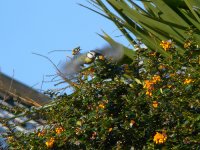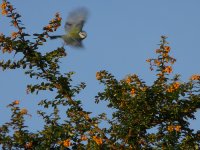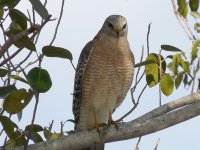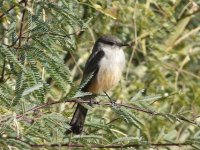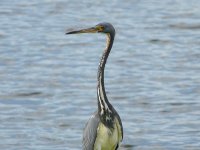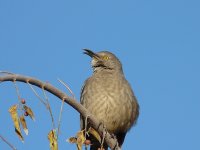Hello all,
I am looking for a lightweight camera to take in the field to make occasional bird and perhaps other types of photos. I want to use it without a tripod. I have been looking at super and ultra zoom cameras, and had a few questions.
1. I see some posters use a tele-converter to increase the zoom on these cameras. I assume that no tripod is used without the tele-converter. Do people generally use a tripod if they also opt for a tele-converter?
2. Are there disadvantages to using a tele-converter?
3. I have seen stated as a rule of thumb that the "power" of the zoom lens is equal to the number of millimeters divided by 50. However, my recollection is that the human eye is equivalent to a 58 mm lens. Would a more exacting formula be the number of millimeters divided by 58?
I have been reading other threads and some reviews and it looks as though the Panasonic Lumix DMC-FZ18 ultra zoom might suit my needs. Are there other cameras I should be considering? (The only other ultra zooms I am aware of are the Olympus, which seems to be widely panned (though I just read that the SP-560 currently corrected some of the 550's faults), and the Fuji, which I read an unflattering review of). In addition to light weight, I am also looking for a camera that:
-- is intuitive and easy to use
-- has either an LCD or EVF that can be used in bright sunlight
-- has mechanical image stabilization
-- and of course good image quality (though I am not expecting perfection in this camera class of course)
Thanks for any help,
Jim
I am looking for a lightweight camera to take in the field to make occasional bird and perhaps other types of photos. I want to use it without a tripod. I have been looking at super and ultra zoom cameras, and had a few questions.
1. I see some posters use a tele-converter to increase the zoom on these cameras. I assume that no tripod is used without the tele-converter. Do people generally use a tripod if they also opt for a tele-converter?
2. Are there disadvantages to using a tele-converter?
3. I have seen stated as a rule of thumb that the "power" of the zoom lens is equal to the number of millimeters divided by 50. However, my recollection is that the human eye is equivalent to a 58 mm lens. Would a more exacting formula be the number of millimeters divided by 58?
I have been reading other threads and some reviews and it looks as though the Panasonic Lumix DMC-FZ18 ultra zoom might suit my needs. Are there other cameras I should be considering? (The only other ultra zooms I am aware of are the Olympus, which seems to be widely panned (though I just read that the SP-560 currently corrected some of the 550's faults), and the Fuji, which I read an unflattering review of). In addition to light weight, I am also looking for a camera that:
-- is intuitive and easy to use
-- has either an LCD or EVF that can be used in bright sunlight
-- has mechanical image stabilization
-- and of course good image quality (though I am not expecting perfection in this camera class of course)
Thanks for any help,
Jim
Last edited:






